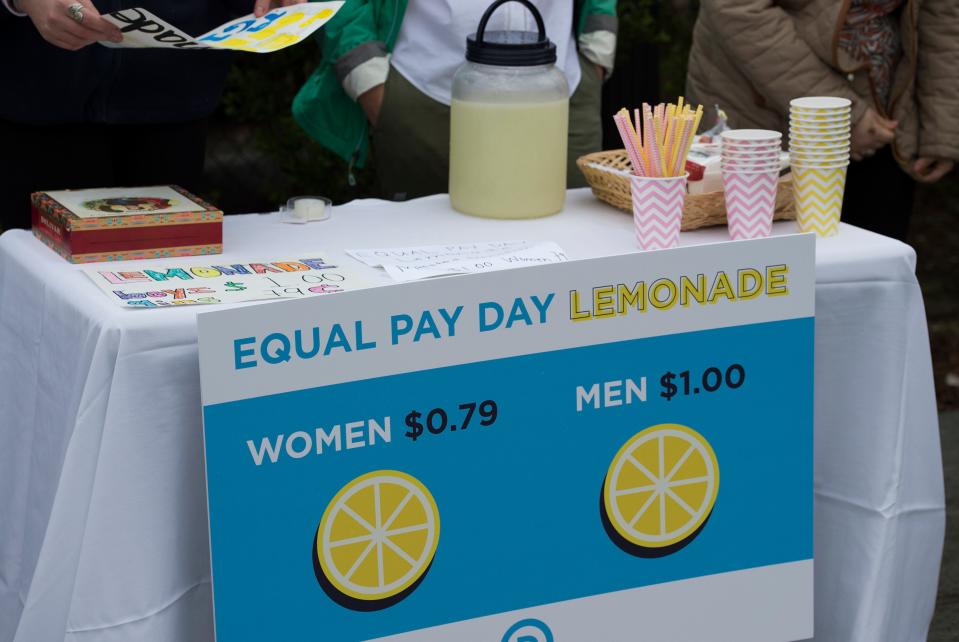It could take another 33 years before women are paid the same as men, a new analysis shows

The 60th anniversary of the Equal Pay Act prompted a new analysis of the gender wage gap.
It found an estimated $61 trillion in wages lost by working women since the Act was passed.
The wage gap may not be closed until 2056, according to the Center for American Progress.
The Equal Pay Act was passed 60 years ago today — and it may take another 33 years before women are paid as much as men, a new analysis shows.
Although it has been narrowing for decades, the gender wage gap may not be entirely closed until at least 2056, according to an analysis by the Center for American Progress, which was released in time for the 60th anniversary of the federal law prohibiting wage discrimination based on sex.
The progressive policy group found that if the gap continues to close at the same rate since its 1963 passage, the median full-time working woman would be paid the same as a male counterpart roughly 93 years after the Equal Pay Act was passed. It could take even longer for women of color to reach the same pay equality.
Using decades of Census data, CAP estimates that women have lost approximately $61 trillion in the 60 years since the Act was passed, nearly double the current national debt of $31.9 trillion.
According to Census data cited by the CAP, the typical full-time working woman made 59 cents for every dollar a man made in 1963, but the rate for all working women was around 37 cents for every dollar men earned.
In 2021, the Census found that full-time working women made about 84 cents for every dollar men made, and wages for all working women sat around 77 cents per dollar. However, that gap is still larger for women of color, as the group reported that full-time working Latina and Black women make 57 and 67 cents for every dollar their White male counterparts bring in.
Various factors contribute to the wage gap, from unconscious biases about mothers in the workplace to an overrepresentation of women in lower-paying jobs like teaching, and the fact that the wage gap tends to increase for women as they age, per Census data.
The gap has narrowed for various reasons over the last six decades, including laws like the Equal Pay Act, recent salary transparency laws, and other anti-discrimination laws, as well as increased attention to the issue and the creation of several "equal pay days."
Changing social norms like women choosing to have kids later in life or not at all, and an increase in the rate of educated women who now work higher earning jobs traditionally dominated by men also contribute to narrowing the gap, Insider previously reported.
Read the original article on Business Insider

 Yahoo Sports
Yahoo Sports 